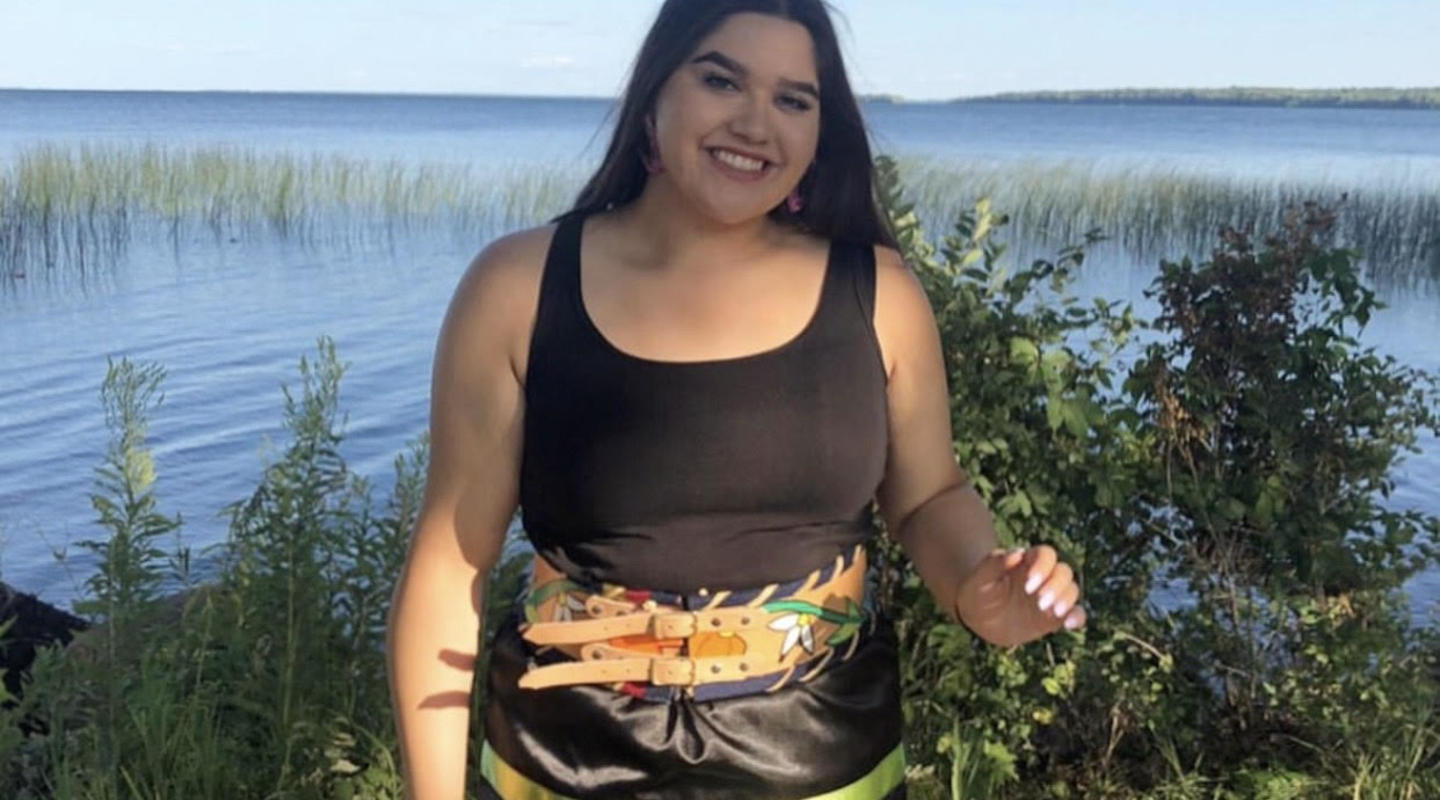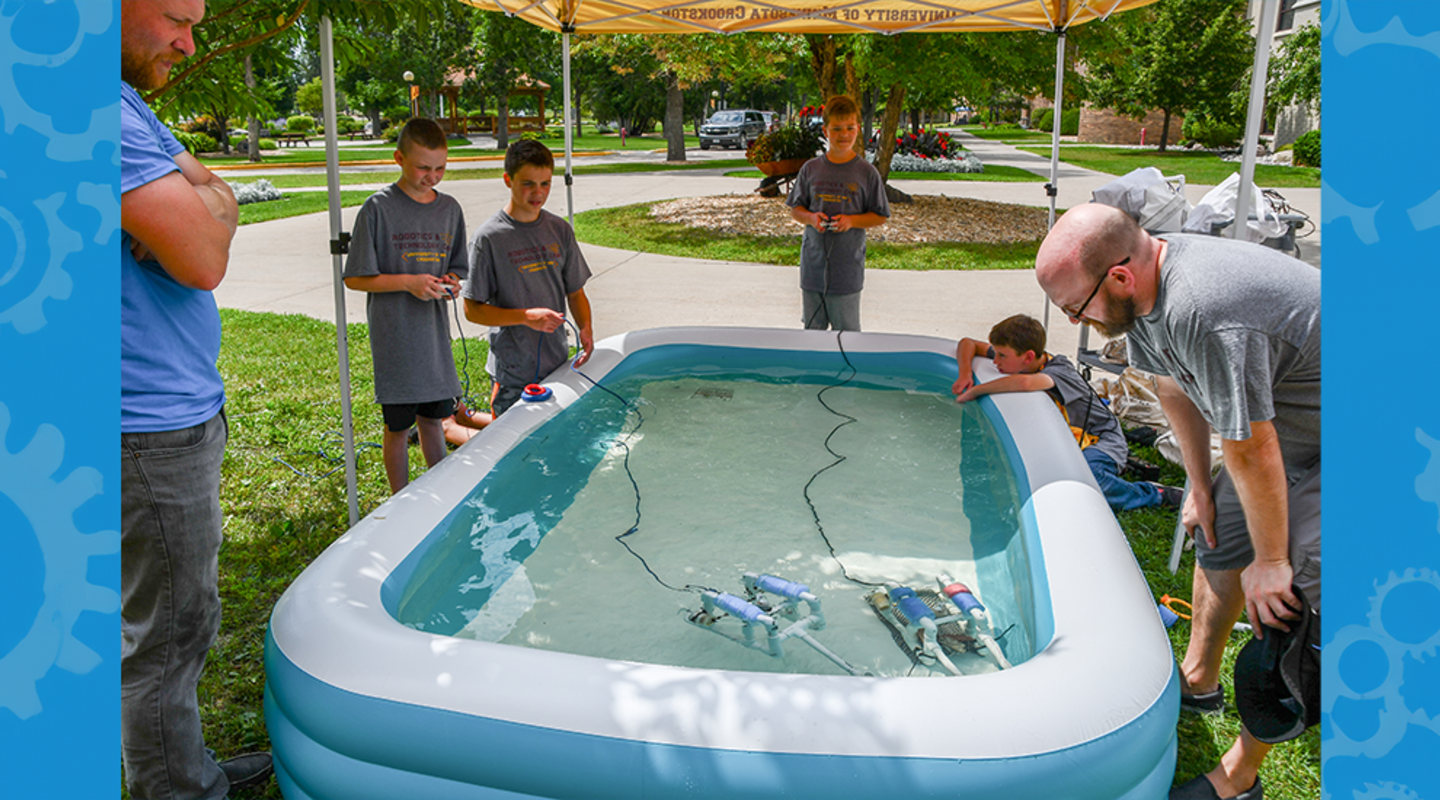From the Great Lakes to the Mariana Trench, microplastics can be found in every body of water on the planet. While the problem of plastic pollution is certainly not new, our knowledge about how these tiny plastic pieces affect the environment is growing—thanks in part to pioneering research happening at the University of Minnesota Duluth.
Chemistry and biochemistry professor Elizabeth Minor, two students, and a maritime crew set sail in July to look for microplastics in the depths of Lake Superior. Their floating laboratory? The Blue Heron, the crown jewel of UMD’s Large Lakes Observatory and the largest U.S. Academic Research Fleet vessel in the Great Lakes.
“We’re interested in what microplastics hang out in the water in Lake Superior and which ones sink into the sediment,” Minor says. “Are they larger or smaller? Are they different plastic types? Do they show more signs of oxidation? Those are the kinds of things we’re looking for.”
While research has clearly shown that microplastics are omnipresent in our lives—not just in water but also in the soil and the air we breathe—their specific environmental and health effects are not yet fully known.
“Microplastics, if they’re as inert as we’d like them to be, might just cause false satiation if they’re in the stomach … in other words, they make you feel full when you’re not full, if you’ve accidentally eaten a lot of them,” says Minor. “But microplastics also have lots of additives and other things in them, and we don’t know what all of them do when they’re ingested by an organism.”
UMD senior Ariyah Thomas joined Minor’s Blue Heron crew to collect and process samples of water and sediment. She became interested in working with Minor because she’s concerned about the environmental impact of plastics and wants to play a role in finding solutions.
“Plastics are becoming a larger pollutant, and we’re noticing a lot more of its effects as of late,” Thomas says. “I want to share the environment with future generations … but if we’re continuing on the same plastics trajectory that we’re on, that might not be possible.”
To better identify the impacts of microplastic pollution, scientists need to better understand the extent of the pollution. This is the focus of Minor’s work on the Blue Heron.
“I see the work that we’re doing as informing the risk assessors and toxicologists of what the natural abundance levels of plastics are,” Minor says. “If you don’t know what’s in the environment, you don’t know what concentrations to test in the lab to see if there’s an issue.”
Thomas notes that taking part in this research is an unusual opportunity for an undergraduate, and she is grateful for the role of philanthropy in her education. She was awarded the Limnology Undergraduate Research Experience award this year and the Summer Undergraduate Research Program award last year, which have both supported her work with Minor’s team. The research cruise itself was funded by the Minnesota Environment and Natural Resources Trust Fund as recommended by the Legislative-Citizen Commission on Minnesota Resources.
“This is an amazing experience. Most people my age have not been on a research boat, especially on the largest freshwater source,” Thomas says. “Private funding is super helpful. It keeps us on projects like this so we’re able to go out and see the lake and help solve problems—which is really what our job is all about.”
Make a gift to support the Blue Heron through the UMD Large Lakes Observatory.


